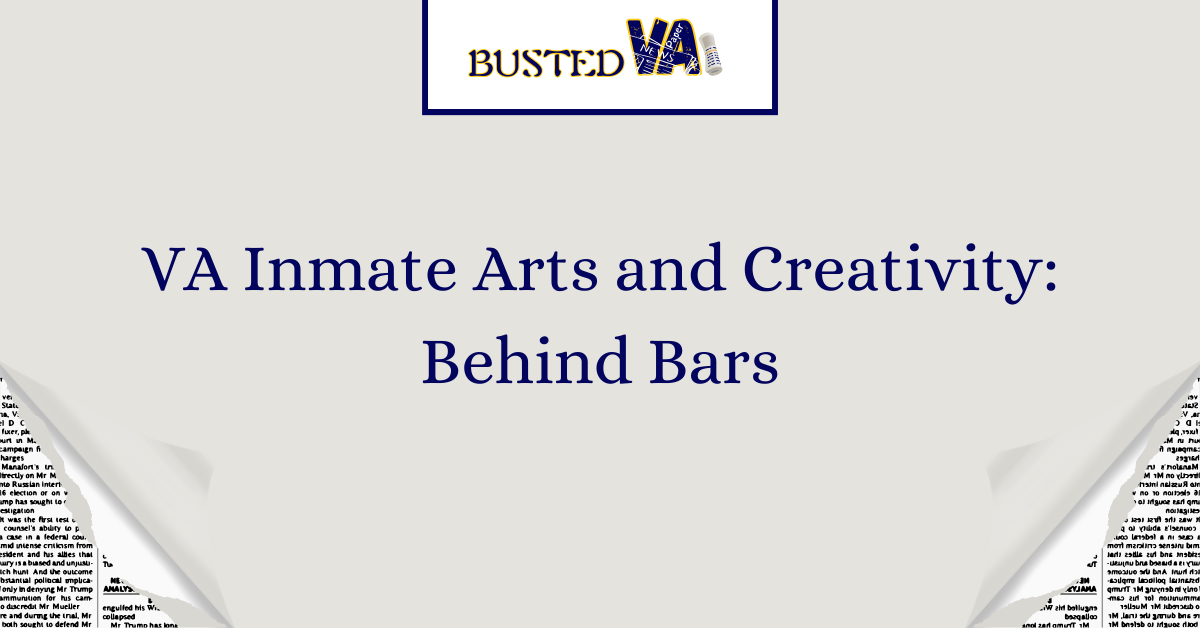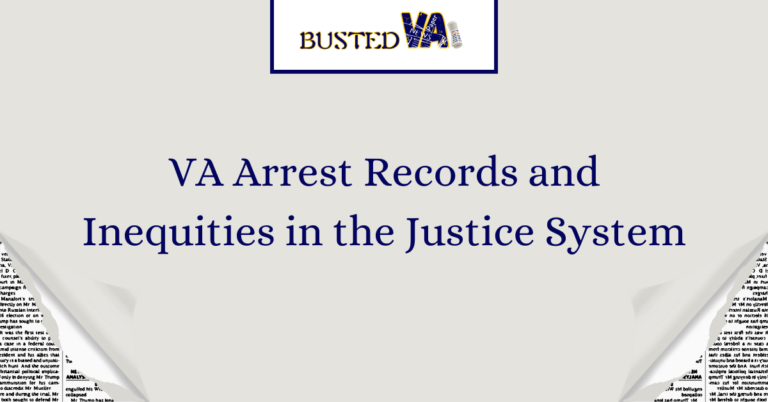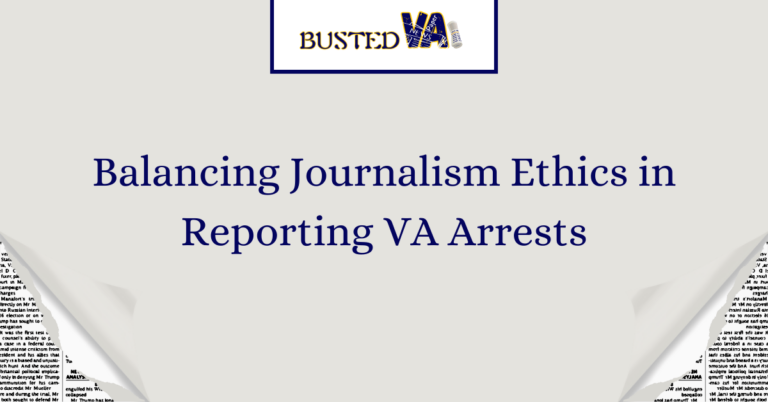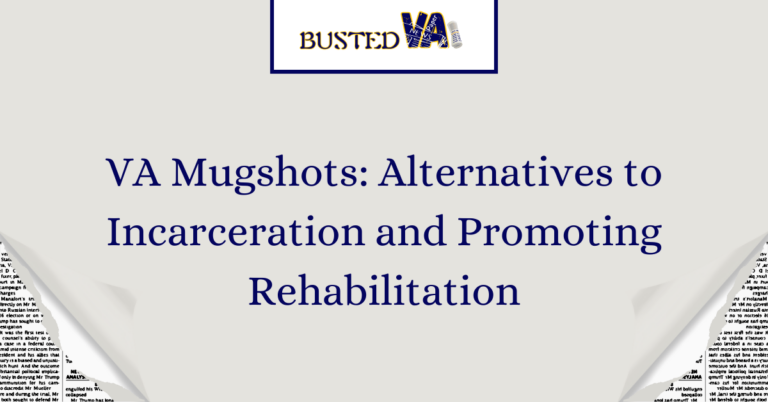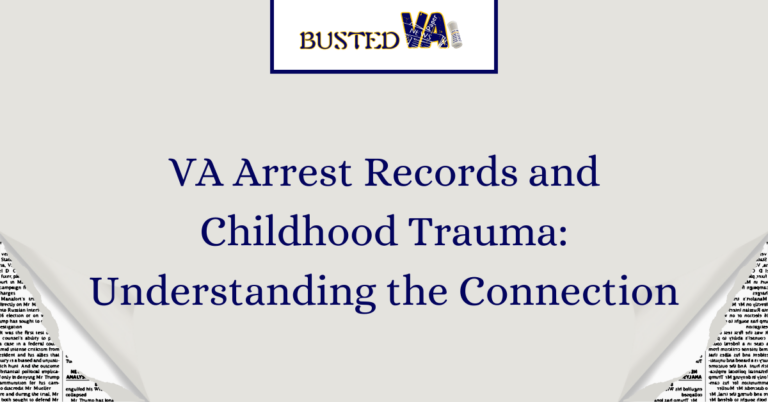VA Inmate Arts and Creativity: Behind Bars
Incarceration can be a challenging and isolating experience, often devoid of opportunities for personal growth and self-expression. However, within the confines of correctional facilities, a quiet revolution is taking place—one that harnesses the power of arts and creativity to transform lives. In this article, we delve into the world of VA inmate arts programs, exploring their impact on rehabilitation and the individuals behind the art.
The Role of Arts in Inmate Rehabilitation
Art has long been recognized as a powerful tool for self-expression and emotional healing. For inmates, many of whom have experienced trauma and hardship, engaging in creative pursuits can provide a therapeutic outlet for processing emotions and rebuilding a sense of identity. Through painting, drawing, writing, and other artistic endeavors, inmates can explore their inner worlds in ways that words alone often cannot capture.
Challenges Faced by Incarcerated Artists
Despite the benefits of arts in rehabilitation, incarcerated artists face unique challenges. Limited access to art supplies and resources can hinder their creative endeavors, forcing them to make do with whatever materials are available. Moreover, there is often a stigma associated with being an inmate artist, with some individuals dismissing their work based on their past transgressions rather than its artistic merit.
VA Inmate Arts Programs
In recent years, correctional facilities across the country, including those within the VA system, have recognized the value of arts programs in inmate rehabilitation. These programs provide inmates with access to art supplies, instruction, and opportunities to showcase their work. From painting and drawing classes to poetry workshops, these initiatives offer inmates a chance to discover and nurture their creative talents.
One such program is the ArtReach program at the VA Medical Center, which provides veterans in correctional facilities with access to art therapy and creative expression. Through a combination of individual and group sessions, participants explore various artistic mediums while receiving guidance and support from trained therapists and volunteers.
Types of Art Created by Inmates
The art created by inmates is as diverse as the individuals themselves. From vibrant paintings and intricate sculptures to poignant poetry and prose, these works offer a window into the minds and experiences of those behind bars. For some inmates, art serves as a form of catharsis, allowing them to confront their past traumas and envision a brighter future. For others, it is a means of self-discovery and personal growth, offering a sense of purpose and fulfillment amidst the monotony of prison life.
Interview with an Inmate Artist
To gain insight into the transformative power of art behind bars, we spoke with John Doe, an inmate artist currently participating in the ArtReach program at the VA Medical Center. For John, art has been a lifeline during his time in prison, providing him with a sense of purpose and connection to the outside world.
Art has saved my life in more ways than one,” John shares. “It’s given me a voice when I felt silenced, and a sense of hope when all seemed lost. Through my art, I’ve been able to explore parts of myself that I never knew existed, and to connect with others in ways that transcend words.
Community Engagement and Outreach
In addition to providing therapeutic benefits for inmates, arts programs also serve as a bridge between correctional facilities and the communities they serve. Through exhibitions, showcases, and collaborations with local artists and organizations, inmate artists have the opportunity to share their work with the wider world, challenging stereotypes and fostering understanding.
The Future of Inmate Arts Programs
As we look to the future, it is essential that we continue to support and expand arts programs within correctional facilities. By providing inmates with opportunities for creative expression and personal growth, we not only enhance their chances of successful reintegration into society but also contribute to the overall health and well-being of our communities.
FAQs
Are VA inmate arts programs effective in reducing recidivism rates?
Yes, studies have shown that participation in arts programs can lead to lower rates of recidivism among inmates. By providing a constructive outlet for self-expression and personal growth, these programs help inmates develop the skills and resilience needed to succeed upon reentry into society.
How can I support VA inmate arts programs?
There are several ways to support VA inmate arts programs, including volunteering your time as a mentor or instructor, donating art supplies or funding to support program initiatives, and advocating for the expansion of arts programs within correctional facilities.
What types of art are typically created by inmates in VA facilities?
Inmates in VA facilities engage in a wide range of artistic pursuits, including painting, drawing, sculpture, ceramics, writing, and poetry. These creative outlets allow inmates to explore their interests and talents while expressing themselves in meaningful ways.
Do VA inmate arts programs only benefit the inmates themselves?
No, VA inmate arts programs have a positive impact not only on the participating inmates but also on correctional staff, communities, and society as a whole. By fostering creativity, empathy, and personal growth, these programs contribute to a safer and more rehabilitative prison environment.
Can the public buy inmate art?
Yes, many VA inmate arts programs host exhibitions, showcases, and sales events where the public can view and purchase inmate artwork. These events not only provide inmates with a platform to share their work but also offer the community an opportunity to support their creative endeavors.
Conclusion
VA inmate arts programs play a vital role in rehabilitation, offering inmates a chance to explore their creativity, heal from past traumas, and connect with others in meaningful ways. By supporting these programs and the individuals behind them, we can help to build a more just and compassionate societyone brushstroke at a time.

